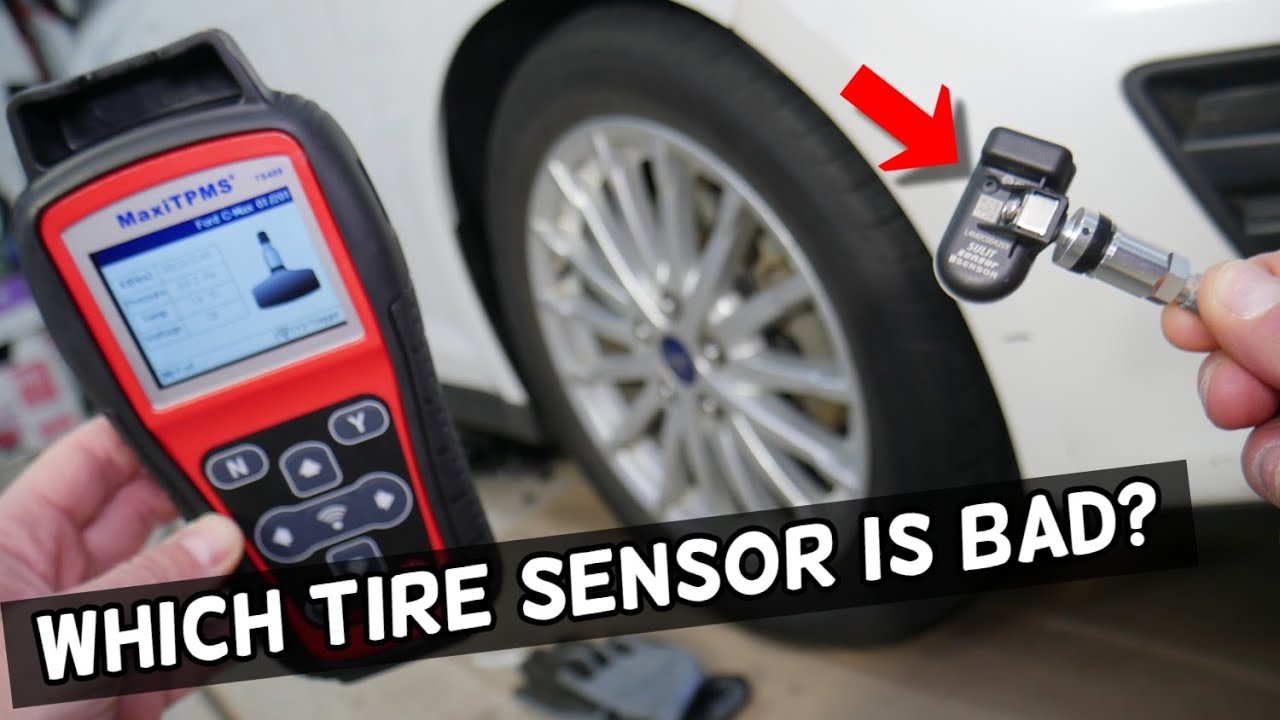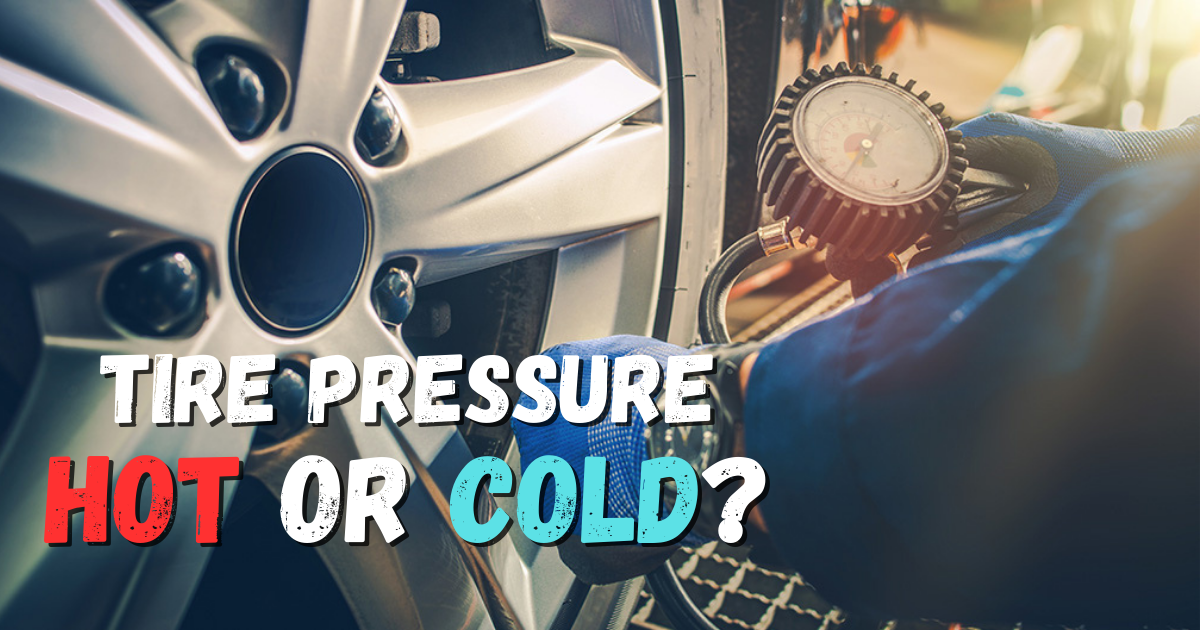The only part of your car that touches the road is the wheel. So, don’t take lightly anything that has to do with your tire pressure. For a safe, smooth, and enjoyable driving experience, you must always make sure that the air in your car tires is the same.
What are the symptoms of uneven tire pressure?
Problems with handling, rough rides and vibrations, TPMS warning lights, and uneven tire wear are the most common signs of uneven tire pressure wear. Bad gas economy and broken electronic stability systems are two other signs that could be present.
TPMS (tire pressure monitoring system)
The TPMS is a safety feature that shows up on the dashboard whenever any of the tire pressures drop by 25% below the suggested level, which is usually between 30 and 35 PSI. The TPMS warning light coming on means the tires are dangerously low and could cause someone to get hurt.

The lamp for the tire pressure monitoring system (TPMS) is a yellow circle with a question mark in the middle. If this light comes on in your dash, check the tire pressure and pump them up if they need it. If the light stays on even after you keep the recommended tire pressure, you should talk to your repair. It’s possible that the monitor is broken.
Steering problems
Having trouble turning is another common sign of uneven tire pressure. Uneven tire pressure will make it take longer for the steering to respond when you turn the wheel. You may also have trouble turning and feel like the car is pulling to one side. If you’re still thinking, can pulling be caused by uneven tire pressure, here it is. Yes is the short answer.
If you can’t easily change the direction of your car, you will have a crash that you could have avoided. But it’s important to remember that there are a number of things that can make your car pull to one side.
Vibrations and discomforting rides
In general, tires that are too low or too high are bad. If your tires are too high, you’ll feel every little bump in the road, which will make the ride uncomfortable. When tires are properly filled, on the other hand, they will absorb the pain from road bumps and the shaking from rocky roads.
Uneven tire wear
One result of having uneven tire pressure is that different parts of the tread wear down at different rates. Tire tread wears out faster in the middle if you pump them up too much. In the same way, the sides will wear out faster than the middle if you don’t pump up the tires enough. If your tire pressure is off by 1 PSI, it might not be a big deal, but it’s better to stick to the suggested pressure.
Uneven tire wear is very dangerous because it can cause a tire to blow out. If you’re going fast and your tire blows out, it could be very dangerous. Thankfully, this won’t happen if you check the tire treads often.
Bad fuel economy
It is a known fact that uneven tire pressure will lead to bad gas economy. Tires that aren’t filled properly or aren’t balanced will put more stress on the engine, making it work harder to keep the same speed. The engine will use more fuel than it should because of the extra work.
The distance your car needs to go to empty and its normal fuel usage are based on the idea that you always drive with your tires properly inflated. If it takes you less time to go from full to empty or if you notice that your gas mileage is bad, check the tire pressure.
Defective electronic stability systems
Electronic stability systems in most cars are set up to only work when the tires are properly filled.
So, some computer stability systems might think that low tire pressure means the car isn’t stable or has bad traction. The ABS might start to work with wrong numbers, making changes that aren’t needed that could affect how smoothly you drive.
What to do if your car is with uneven tire pressure
There is no way to overstate how important it is to drive with the right tire pressure. If you find that your tire pressure isn’t level, do these things.
Make sure the tire air is right. This information is often written on the sidewall of the tire, on the sticker on the driver’s door, or in your guidebook.
Use a pressure tester to check the tire pressures. To get the required PSI, either deflate or inflate the tires.
If the unequal pressure keeps going on, there’s a deeper problem. Look for holes and leaks in the tires. Even if it doesn’t look like there’s a leak, you should patch up a hole in your tire. If you find a leak, you should call a plumber right away to fix it.
Conclusion
When you drive with uneven tire pressure, you could lose traction, stability, and handling. You could also get worse gas usage and uneven tire wear, which could lead to a tire blowout. But these problems can be avoided if you check your car tires’ pressure once or twice a month. You can also make your tires last longer by having them inspected.




